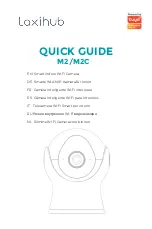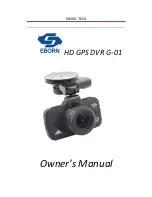
Photomicrography with
OPERATION
35 mm SLR cameras
Darkfield and fluorescence photography
Carl Zeiss
B 40-046 e 03/99
3-13
3.2.8.3
Darkfield and Fluorescence Photography
Compared to standard photomicrography, the following special conditions apply to darkfield and
fluorescence photography:
−
The low brightness level frequently encountered calls for long exposure times. In the case of low
brightness, switch the beam splitter on the phototube to "100% of light to camera port".
−
Fluorescence light is neither daylight nor artificial light, but is generated inside the specimen itself.
Normally, daylight film renders better fluorescence micrographs than indoor film.
−
Do not be afraid to use fast films. Granularity is hardly ever a problem in fluorescence micrographs.
−
The dark or black background often accounts for a substantial part of the area used for automatic
exposure metering. Estimate the ratio of bright and dark areas, and correct the exposure time
accordingly.
−
Because of the high contrast, the exposure latitude is rather high, since luminous structures are
always well set off against a dark background, even if different exposure times are used.
However, if an exact rendition of fluorescence colors is required, it is recommended to make a series
of exposures with different exposure times.
−
Some fluorescence dyes will bleach out quickly, especially under highly intense, high-energy excitation
light. To protect the specimen, use the aperture diaphragm to use the excitation intensity at least
temporarily.
☞
Weak fluorescence is easier to discern in a dark room.
Содержание 35 mm SLR Camera
Страница 1: ...Photomicrography with 35 mm SLR Cameras Operating Manual ...
Страница 12: ...INSTRUMENT DESCRIPTION Photomicrography with Carl Zeiss 35 mm SLR cameras 1 2 B 40 046 e 03 99 ...
Страница 46: ...OPERATION Photomicrography with Carl Zeiss Color balance 35 mm SLR cameras 3 16 B 40 046 e 03 99 ...












































